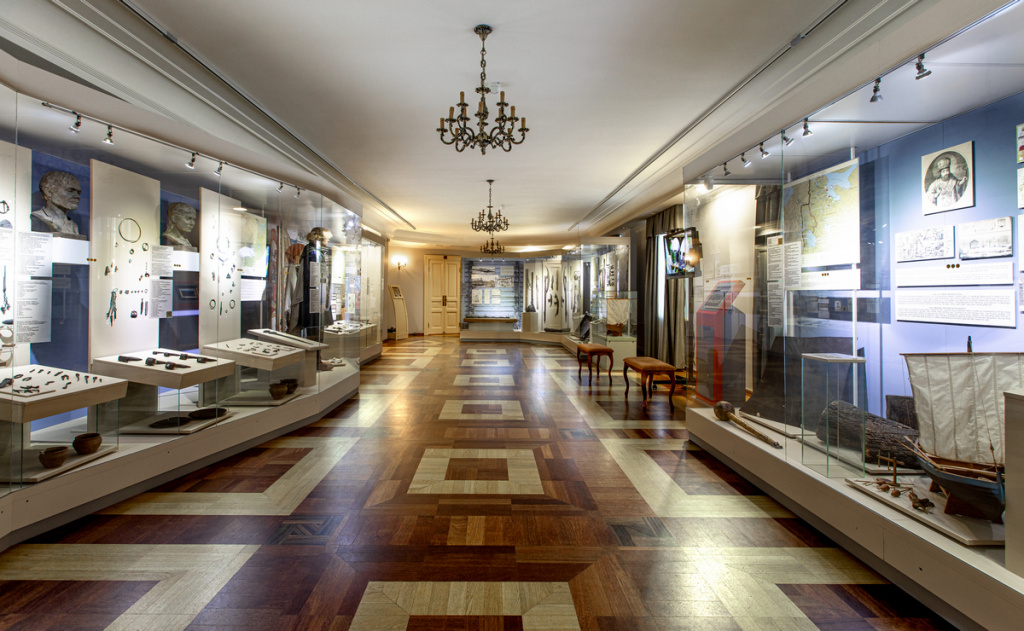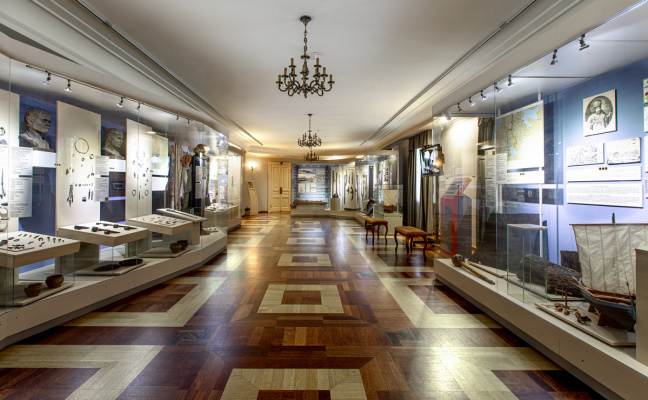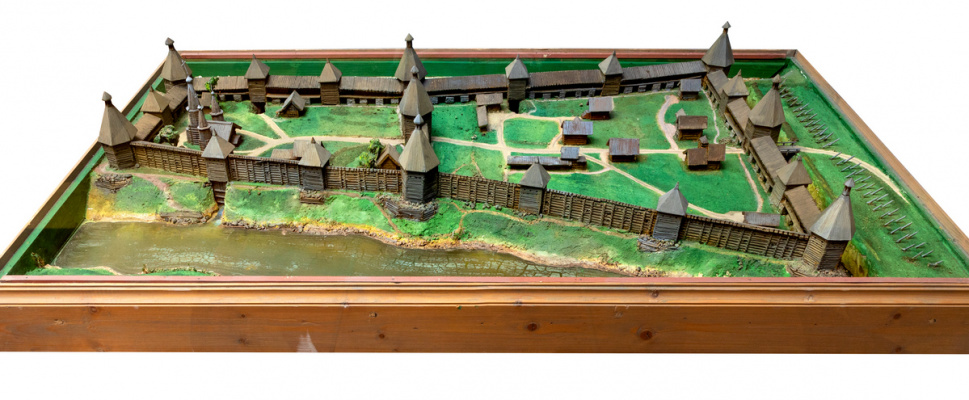 The first mention of “Kirjalaland” – the “Country of Kirjala” – contained in the Scandinavian sagas back in the 9th
century.
The first mention of “Kirjalaland” – the “Country of Kirjala” – contained in the Scandinavian sagas back in the 9th
century.
During the early Middle Ages, the ancestors of the current Karelians and Vepsians, the ancient chronicle tribes "Korela" and "Ves", lived on the territories of the Ladoga coast and in the territories between Ladoga, Onega and Beloe lakes. History has prepared for them a bright and dramatic fate.
From the VIII-IX centuries the territory of the Ladoga’ region turned out to be an area where two worlds intersect: a Slavic culture and a Scandinavian culture. During this period the eastern Slavs continued their movement to the north. And at the same time paths were opened to rich southern cities and markets for the Scandinavians from the shores of Lake Ladoga. The inevitable clash of interests in this situation led to the emergence of statehood in the Baltic-Ladoga region.
In the Viking Age (IX century - 1050) a political unification of the Slavs, Scandinavians and Finno-Ugric tribes also arises. In The Tale of Bygone Years, the ves is mentioned among the tribes united at the end of the 9th century by the Varangian king Riurik into the Old Russian state with its capital in Ladoga, and then in Novgorod.
During the spread of Christianity, there were territorial and economic contradictions of the Baltic powers, to which religious contradictions were added. When the era of the Crusades began (second half of the 11th - 14th centuries), the rivalry between Sweden and the Novgorod Republic acquired the nature of an irreconcilable struggle between two civilizations: Catholic and Orthodox. The Ladoga lands were the arena of the unfolding confrontation. Korela, caught up in the interests of the great powers, did not remain independent for long. The Treaty of Oreshek of 1323 did not stop the claims of the Swedes to the land, but divided the original Korela’s territories and finally included the Korel land as an administrative unit in the Novgorod state. During centuries of war, the self-consciousness of the people grew, traditions were strengthened, and an original culture was formed.
After the destruction of the Novgorod Boyar Republic in 1478, Karelia became part of the Muscovite state. Sweden continued its efforts to conquer the Karelian territories up to the White Sea coast. The importance of the Solovetsky Monastery is growing, which is becoming the largest spiritual center and outpost in the north of Russia. The heroic struggle of the Karelian people against the conquerors at the end of the 16th and beginning of the 17th century is remembered in folk legends. However, the weakening of the Russian state during the time of troubles led to an unfavorable redistribution of borders. According to the Treaty of Stolbovo of 1617, the part of Karelia passed into the possession of the Swedish crown for more than a hundred years.
Since 1649, the fortified city of Olonets has become the center of Karelia.




